The goblins in Harry Potter have long and detailed traditions and culture — unfortunately for them, they have been unjustly subjugated under wizards for most of their history. This is mainly because they are not exactly trusted by their human counterparts, which is explainable to an extent (the audacity of Ragnuk the First in demanding the Sword of Gryffindor, for instance).
However, the magical world is quite aggressive towards these beings, which is one of the major reasons why they have regularly gotten into scrapes and battles. In fact, there have been multiple rebellions spearheaded by Goblins over the last five centuries, almost all of which are justifiable in one way or another.
10 The Goblins Revolted Against The Wizards
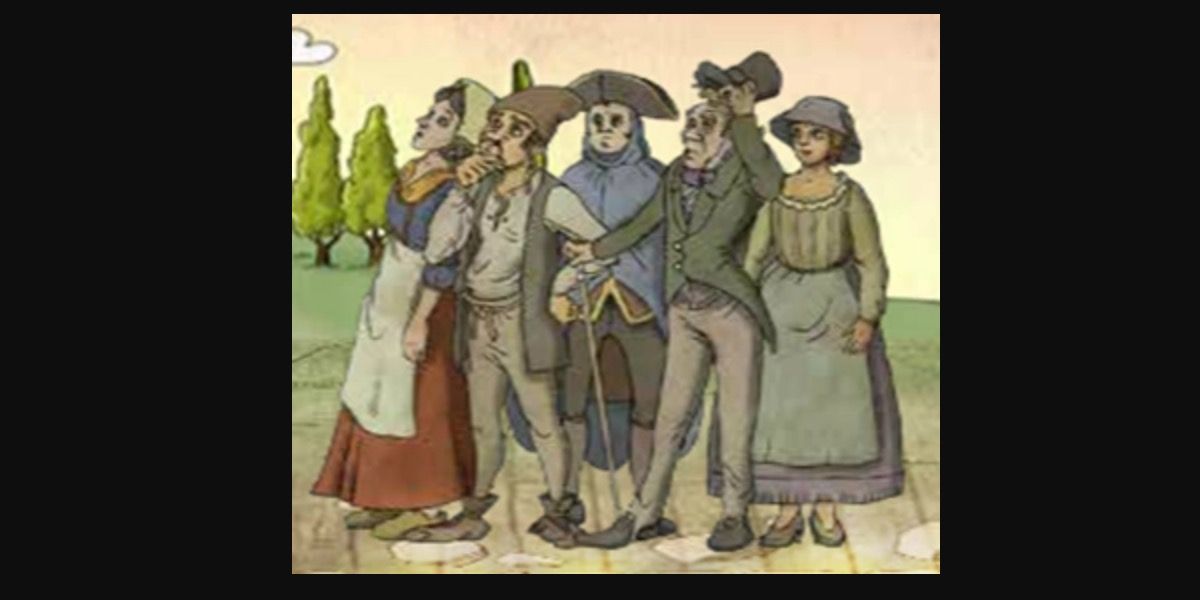
Goblins and humans have not always been at peace with each other, even though Gringotts bank is used by both communities equally. In fact, there have been a number of instances over the past millennium in which both major and minor conflicts have sprung up between the two groups of people.
Further, the state of affairs in the current timeline remains ambiguous, with a few factions on either side refusing to fully trust in the other. For instance, The Daily Prophet still publishes propaganda against Goblin revolutionaries trying to take the Ministry down from within.
9 Several Factors Involved

As always, the driving force behind any rebellion has to do with some form of injustice experienced by a less privileged group. Some of them derived from plain bigotry, as people have a tendency to hate anyone not belonging to a rigid definition of class, while others arose because of unfair laws established by the Ministry to purposefully exclude Goblins.
This includes issuing decrees that prevented them from obtaining wands, which was probably because humans were terrified of being "overthrown".
8 The 1612 Rebellion Was Based On Political Discrimination
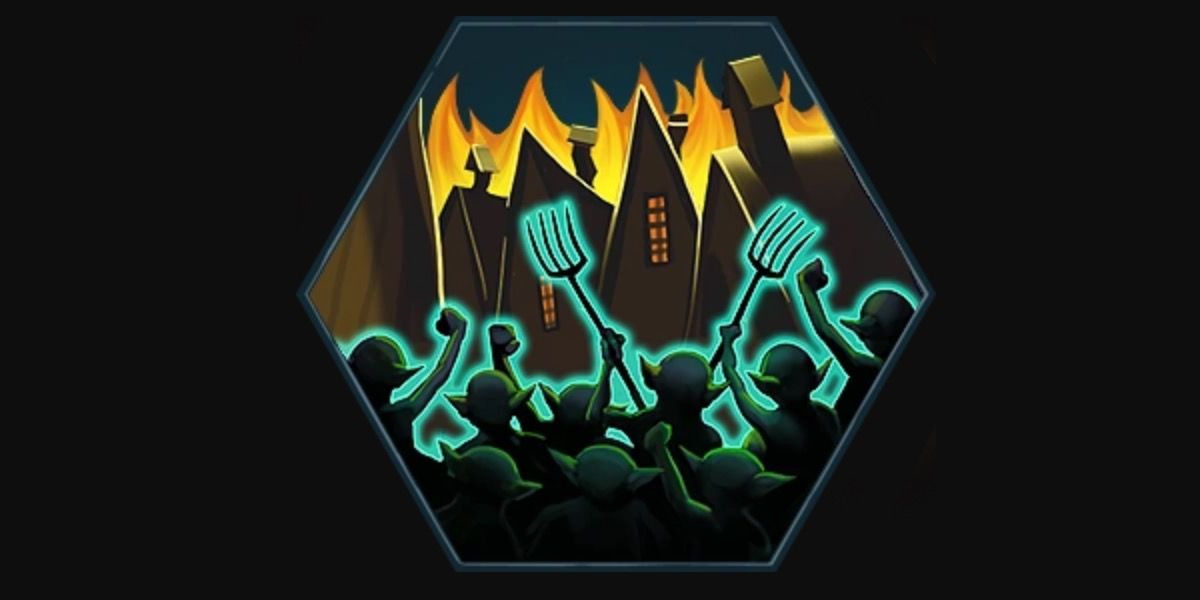
The Wizengamot represents the jurisprudential facet of the Ministry of Magic; in other words, the organization is composed of mostly judges and other legal scholars.
This is where Dolores Umbridge holds mock trials of innocent Muggle-born wizards and witches, and in the past, it had been used in matters of arbitration involving the Death Eaters following the first fall of Lord Voldemort. Although first entering into force in the mid-1500s, the Wizengamot specifically excluded the Goblins from representation, forcing them to protest.
7 It Took Place In Hogsmeade
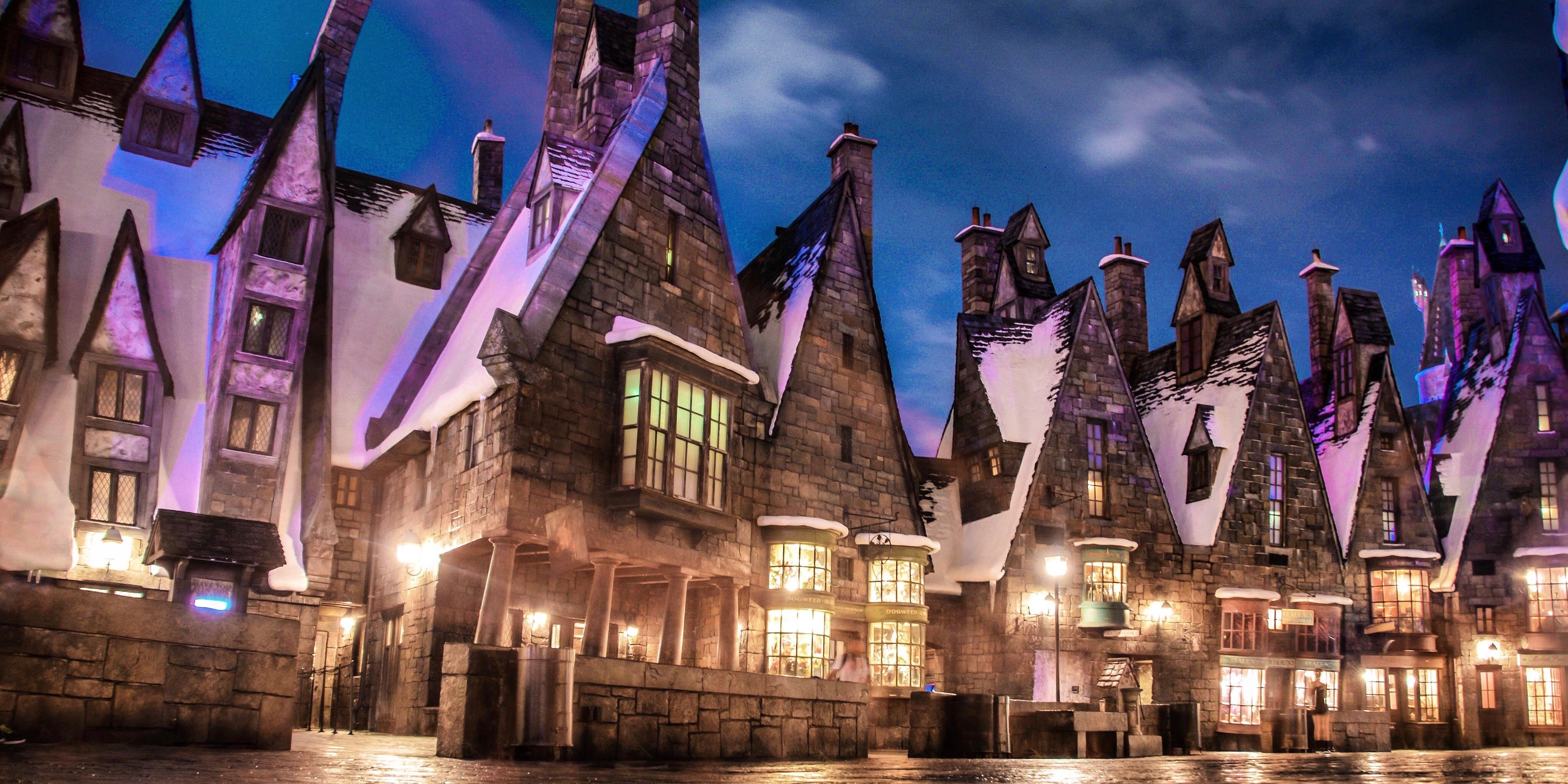
In 1612, the Goblins amassed as many supporters as they could in favor of their cause, and decided to maintain a tentative base of operations in the village of Hogsmeade. They specifically used one of the many buildings that populate the village as their command center, but the accurate location has not been confirmed historically.
However, it seems more than likely that the Goblins appropriated one of the two pubs, either Hog's Head (currently under Aberforth Dumbledore) or Three Broomsticks (currently run by Madam Rosmerta).
6 Part Of The History Of Magic Syllabus
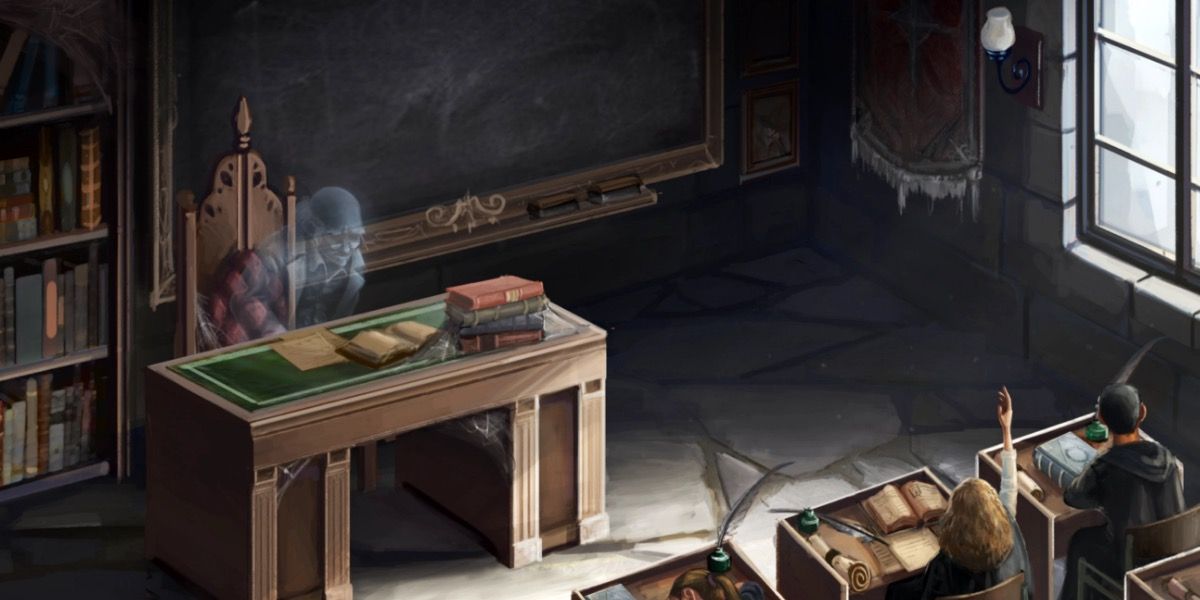
These events have influenced the magical world to a considerable degree, so much so that they are part of the required syllabus taught at Hogwarts.
Professor Binns, the ghost who teaches History of Magic, is the first to reference the Goblin Rebellions in his classes, but his students are simply unable to keep track of all the various names. For example, Ron complains about the strange epithets for the characters he's studying, while Harry just avoids the topic during the O.W.L. exam.
5 They Were Extremely Violent
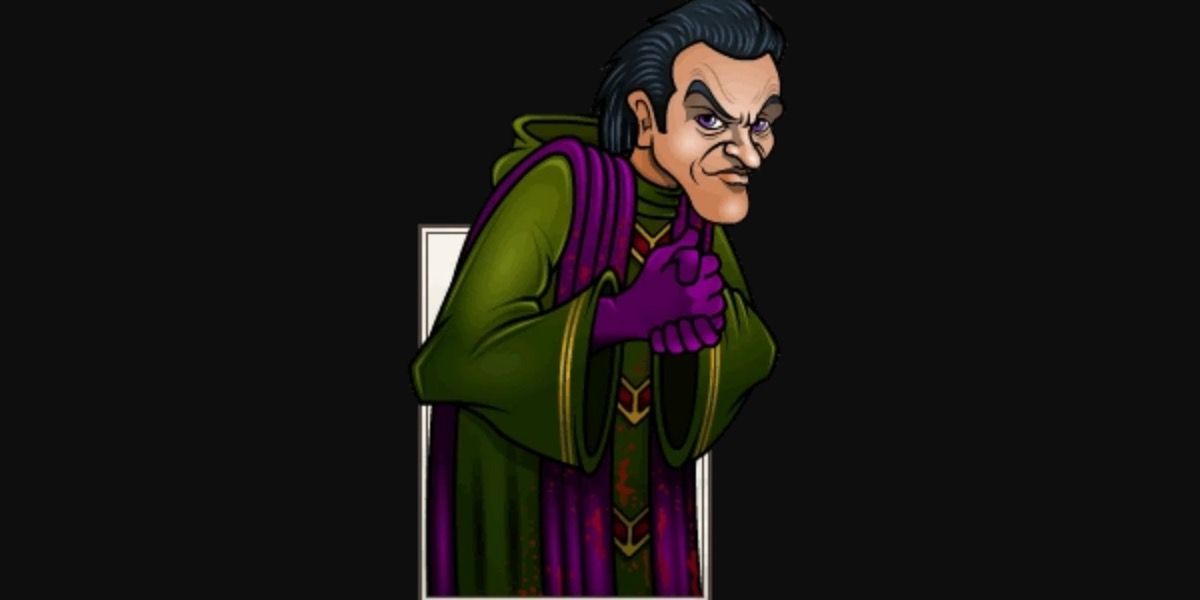
Though it's true that the Goblin Rebellions had an unwanted amount of bloodshed and violence, this historical depiction could be an addition made by the Ministry to reduce their own responsibility and lay the blame entirely on the oppressed.
However, it must be mentioned that these poor beings also suffered greatly at the hands of their human counterparts, such as the vile Yardley Platt, who went around murdering Goblins for no reason in the late 15th and early 16th centuries.
4 The 1752 Rebellion Included Werewolves
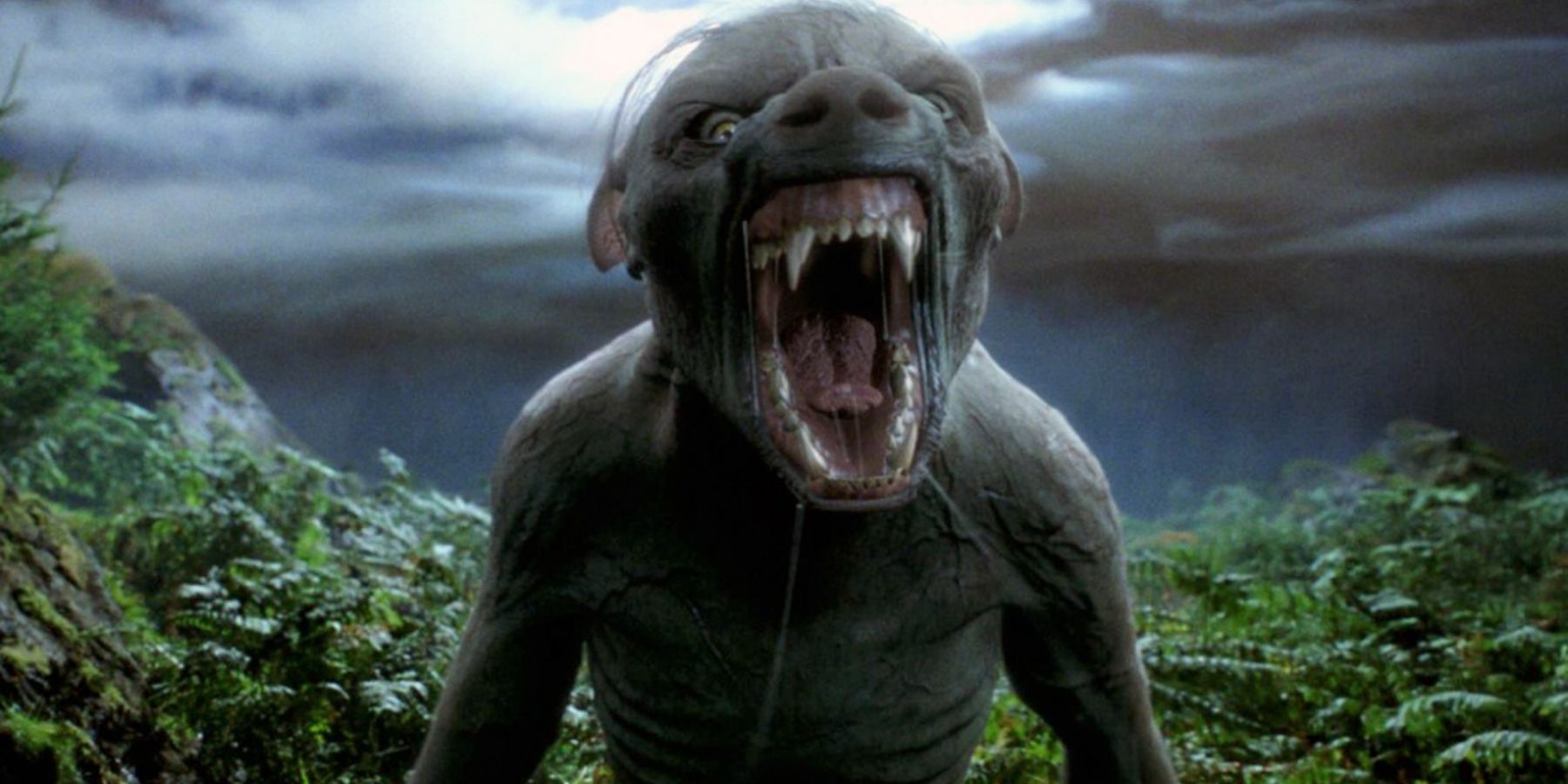
When the 1752 rebellion began, it was a hot political issue in the Wizarding World, so much so that it forced the resignation of Albert Boot, the then Minister for Magic, as he handled the situation incompetently.
The next one to take the post, Basil Flack, appears to have things under control, but then the Goblins pair up with the Werewolves (both sides having rather similar grievances against their common enemy).
3 The Ministry's Containment Failure
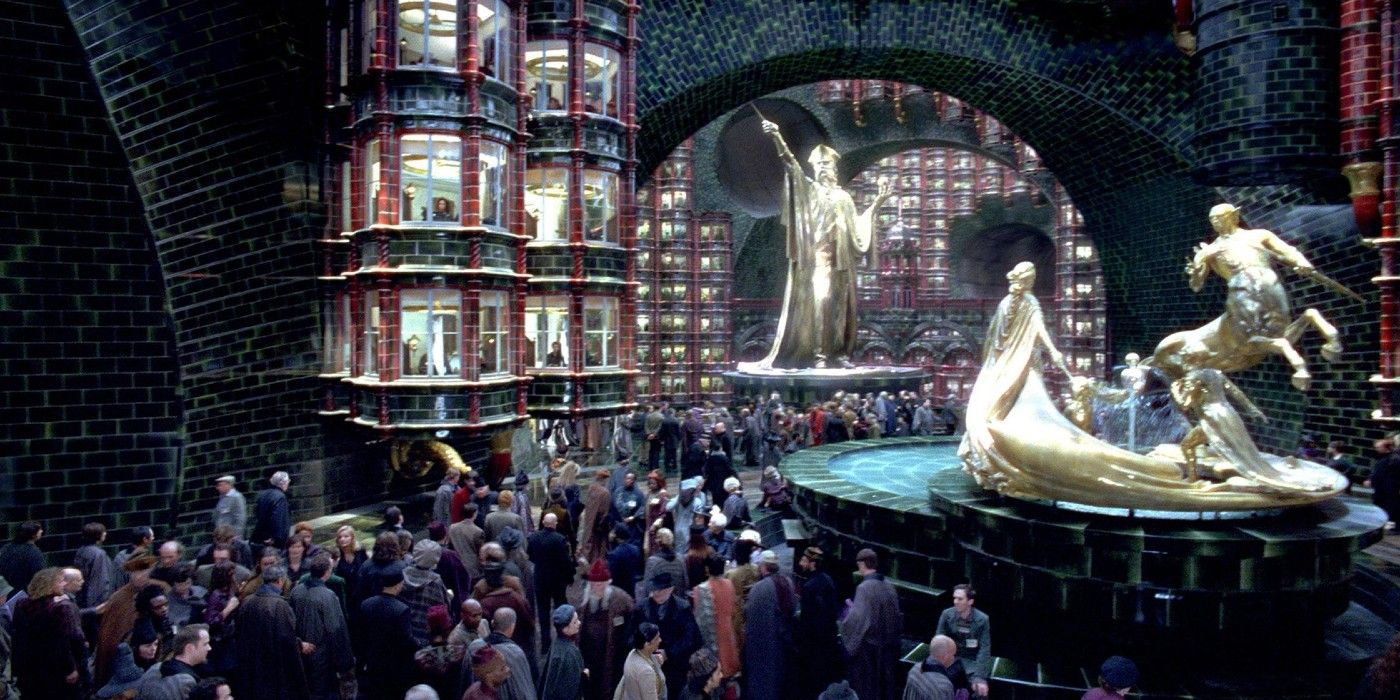
Boot and Flack may not have been able to restore peace to their society, but Hephaestus Gore manages in doing so with little effort. The problem, however, is that he takes far too strict measures in containing the revolts, which turned out to have unforeseen consequences.
For instance, he refuses to help renovate infrastructure to aid Werewolves, which many of his critic's claim were the reasons behind the violence that emerges in the subsequent years.
2 The Role Of Urg The Unclean
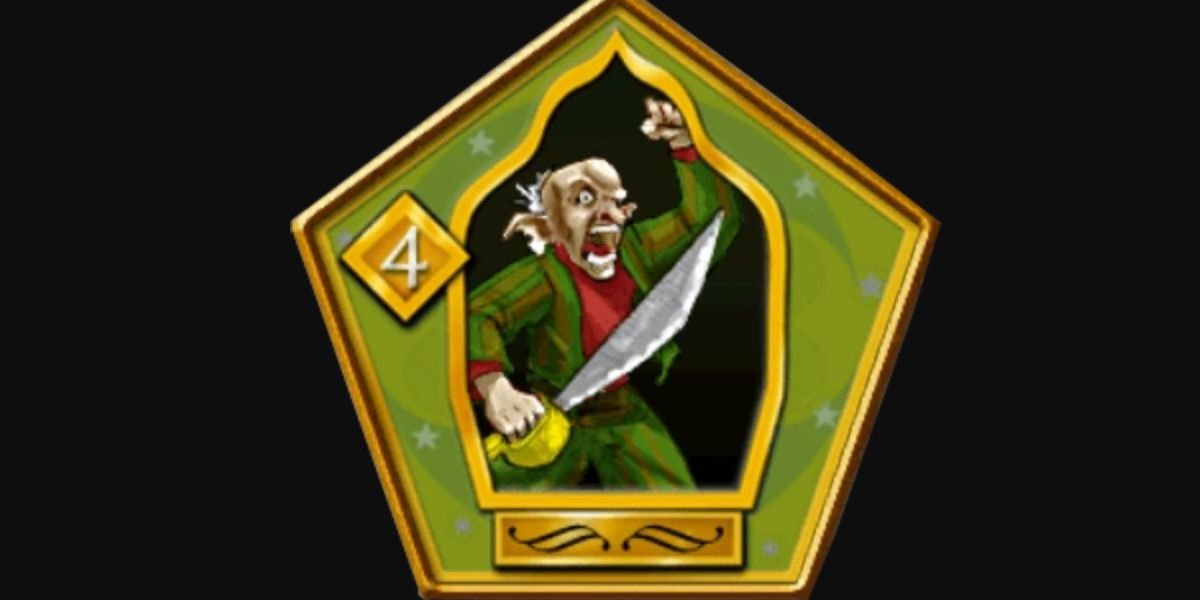
The 1752 rebellion is spearheaded by Urg the Unclean, whose role made him one of the most, if not the most, famous Goblins in history (with the possible exception of Gringott).
It's been said that the major reason for his involvement in activism is due to the "public ducking" he received "in the village pond, by a gang of young wizards." For his achievements, Urg manages to find a place in a Chocolate Frog Card, which is quite impressive by itself.
1 Ug & Nagnok
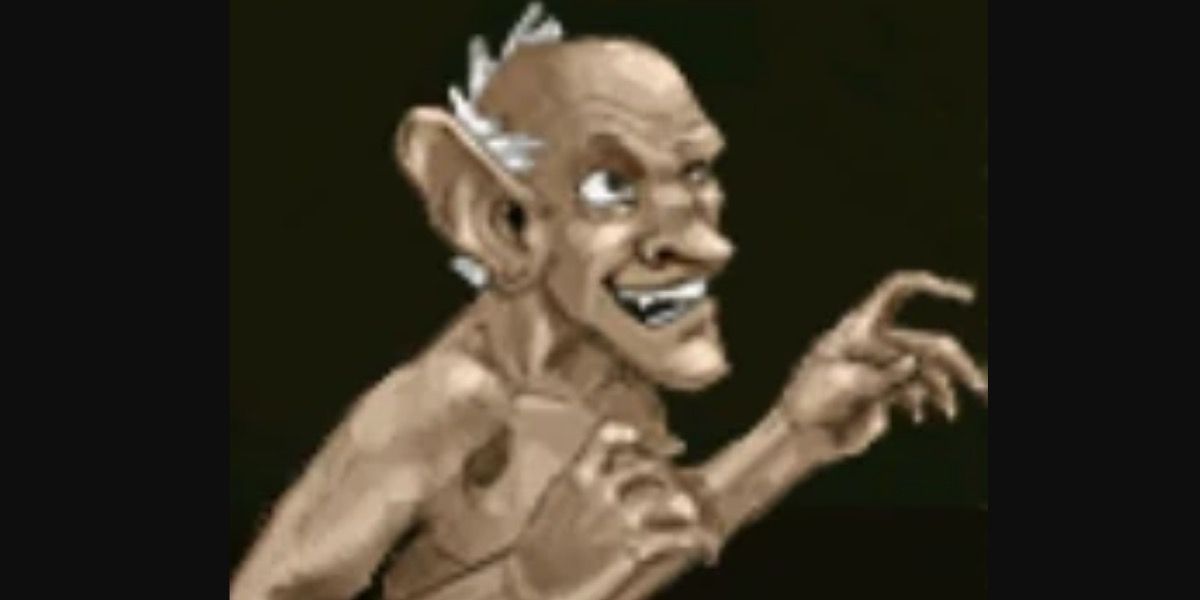
Two other Goblins may have fomented the rebellions, one of whom was Ug the Unreliable, who's best known for orchestrating several major scams. Unfortunately, when he was caught and jailed, his compatriots complained that he was being accused without proper evidence.
Nagnok, an employee at Gringotts bank, is murdered by one of the institution's "security trolls," which, although inadvertent, infuriated the other Goblins who believed that there was a premeditated factor at play.
from ScreenRant - Feed https://ift.tt/3o3uhxR


0 Comments